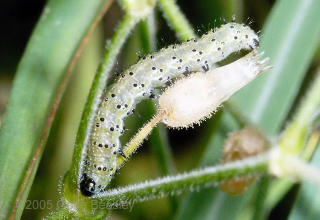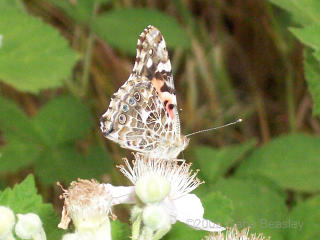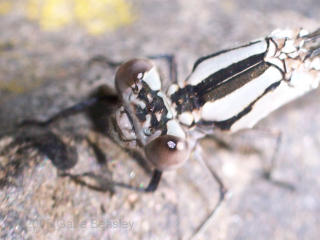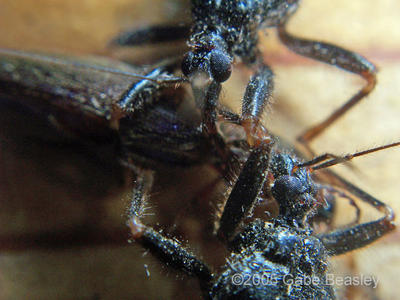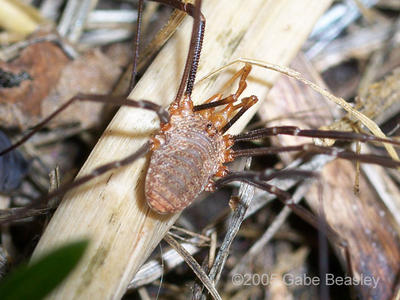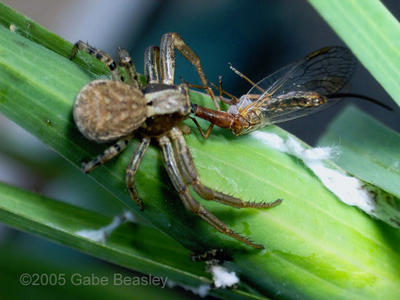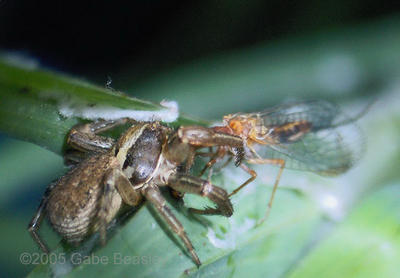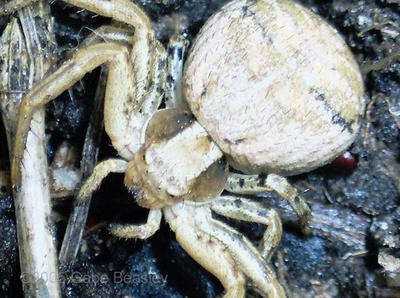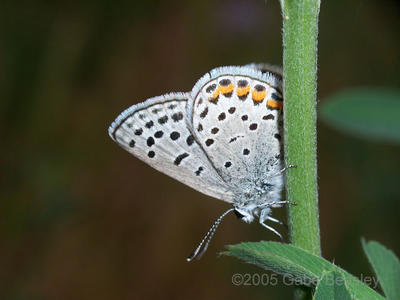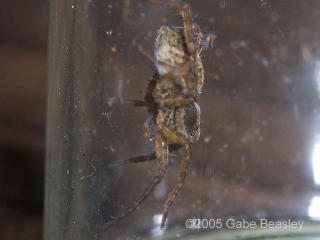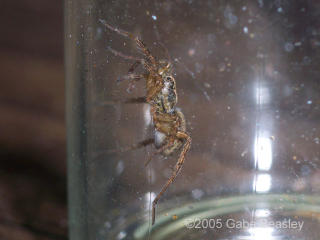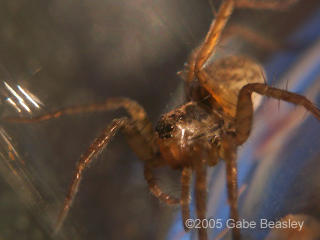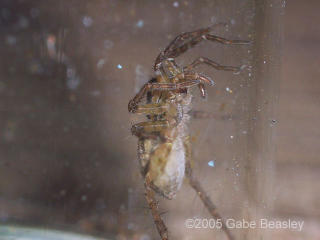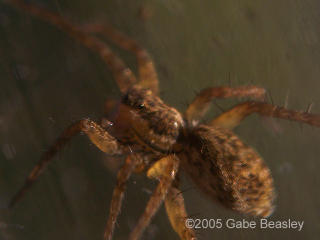These are some of the first site posts and writings I ever put here. I apologize for the errors in past articles--I am still working that out. There are over 700 pictures in my site as of 2011 and countless articles. Originally it was confusing and difficult to get it figured out. As of this year I began re-editing the 2005 articles. --added 10/9/2011

Remember the "all pictures" side bar. Just click on the dates themselves Ya,
The above picture was taken with a very antiquated Argus DC2000. A 640x480 (0.32mp I think) only camera had 3.3mb memory, you get only about 12-16 shots, and typical of late 90s cameras it's got a shutter lag of measured in seconds. Still, it has an LCD display to tell you how much memory, battery power, and mode it's in--as well as a macro mode and flash. This camera was made before USB, and in order to use it I had have a backwards converter. I am an antique maniac. I really enjoy learning about ancient technologies and methods of doing things. I like the new stuff too. But I really like antiques of all kinds. I was going to do a mirror shot--and put a picture into my profile but I have not figured out how to do that yet.
SOME OF MY FIRST MACRO SHOTS-->
These are some more recent technology pictures. I am putting together a package of some really good shots here and below in the next post. I have learned a lot since I took these shots without a digital SLR. One thing about photography is there is always something to learn. It's interesting to be able to go back and see the old pictures and compair them to how I could or would do it now. My lighting problems, my lack of knowledge about so many things in photography but incredibly I still nailed a few good shots.
